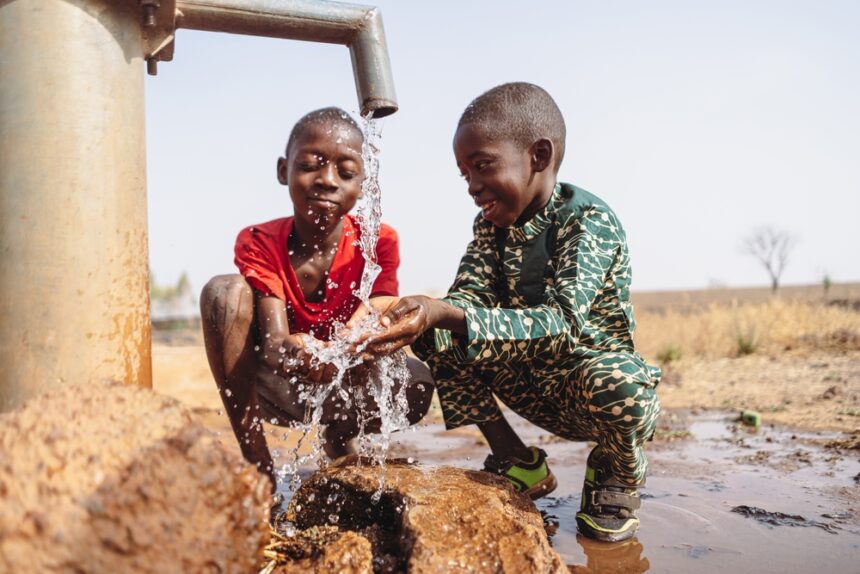More than 760 000 households countrywide have access to potable water.
Of this figure, 98.0% of those homes are in urban areas while 83.5% are rural households, the recently-released 2023 Census main report shows.
The report indicates that at regional level, Khomas has the highest percentage (98.7%) of households with access to safe drinking water, while the Kunene region recorded the lowest at 74.1%.
Potable water is suitable for human consumption.
The country’s progress in providing improved access to potable water is further reflected in the 83.5% of rural households with access to clean drinking water, which constitutes 342 220 homes.
The 98.0% of urban homes recorded is equivalent to 414 119 homes which government has managed to connect to sustainable sources of potable water.
Various government interventions have contributed to improved access to potable water by various communities, which includes the construction of 12 earth dams in the Ohangwena, Oshana, Kavango West and Hardap regions.
The construction of three new pipelines, the restoration of another three short pipelines and 47 existing water points, the cleaning of 34 existing boreholes and drilling of 146 new ones countrywide, has also played a huge role and equipped 82 newly-drilled boreholes.
Namibia shares several large rivers, such as the Orange River in the south, with South Africa, as well as the Zambezi and Okavango rivers in the north, shared with Angola, Zambia and Botswana.
But these rivers are far from the population centres, and the cost of tapping them for drinking water supply is prohibitive.
Only the Kunene River, which is shared with Angola, provides drinking water for four northern regions of Namibia.
Treated wastewater is reused in Namibia in many urban areas such as Swakopmund, Walvis Bay, Tsumeb, Otjiwarongo, Okahandja, Mariental, Oranjemund and Windhoek. In most localities, water is reused for irrigation, but in Windhoek, reclaimed water is also used for consumption purposes. The capital has been using recovered water for 50 years, with approximately 30% of the city’s over 400 000 residents’ drinking water coming from reclaimed water.


